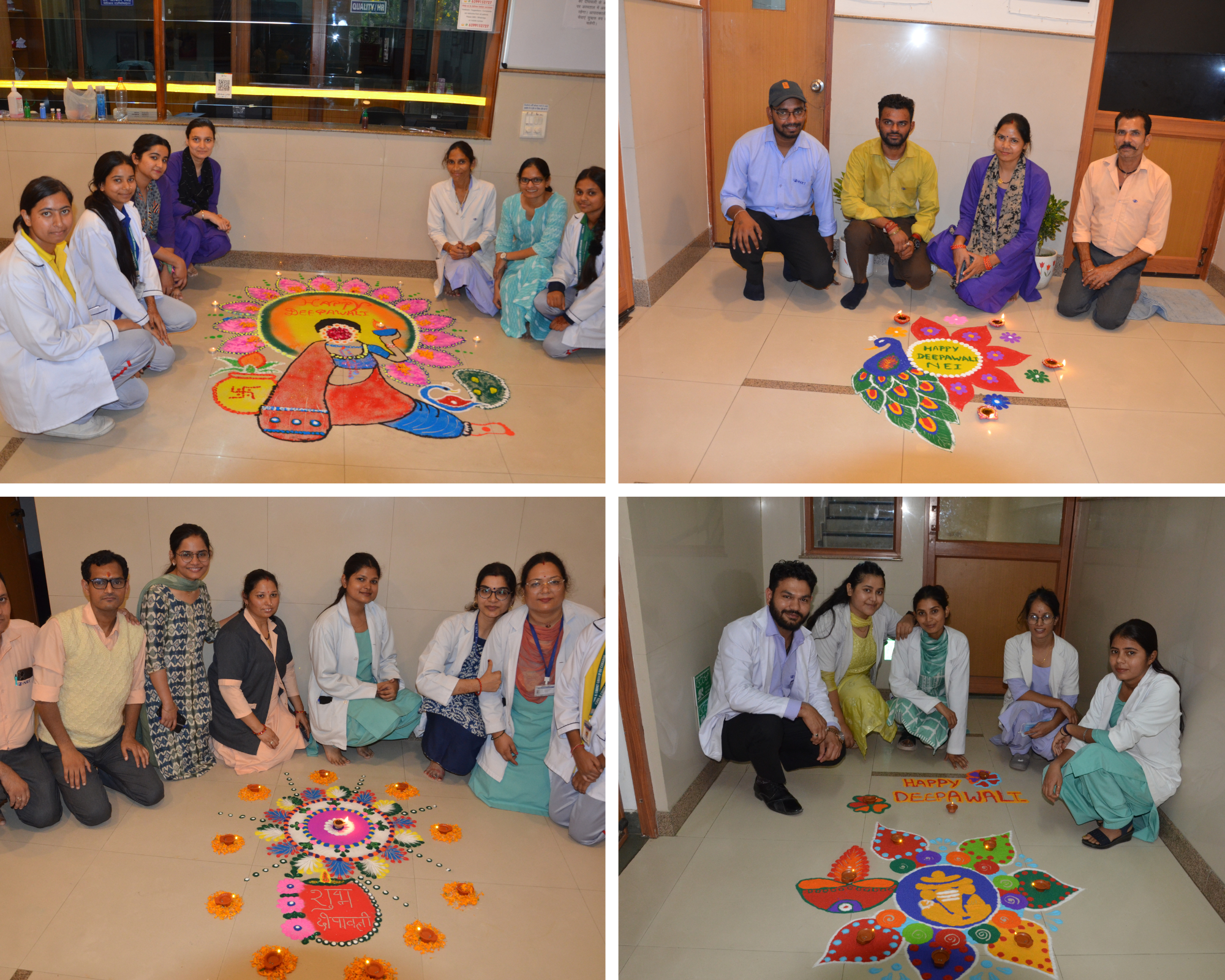Nirmal Ashram Eye Institute Shines Light on Eye Health: A World Sight Day Celebration
Introduction: In honor of World Sight Day 2023, the Nirmal Ashram Eye Institute took a proactive stance towards raising awareness and addressing eye health concerns. With the theme “LOVE YOUR EYES AT WORK,” this year’s World Sight Day aimed to emphasize the significance of protecting one’s vision in the workplace to prioritize the eye health of their employees. In this spirit, Nirmal Ashram Eye Institute organized a three-day eye checkup camp from October 9th to 11th, which saw the participation of 583 patients and resulted in the diagnosis and treatment of various eye conditions.
The Significance of World Sight Day: World Sight Day is an international initiative that began in October 1984 and is now integrated into VISION 2020, coordinated by the International Agency for the Prevention of Blindness (IAPB) in cooperation with the World Health Organization. Its focus is to encourage employers to make eye health initiatives standard practice, promoting eye health habits that benefit the well-being, safety, and productivity of millions of employees. It serves as a crucial reminder of the importance of eye health in our daily lives.
Nirmal Ashram Eye Institute’s Commitment: The Nirmal Ashram Eye Institute, a renowned institution in the field of eye care, has always been at the forefront of advocating for eye health. In observance of World Sight Day, the institute conducted a three-day eye checkup camp, during which 583 patients underwent screening to identify potential eye issues.
Results of the Eye Checkup Camp: During the camp, the medical team at Nirmal Ashram Eye Institute screened 583 patients and made significant contributions to their eye health. Out of the patients, more than 63 were referred to the base hospital for free cataract surgeries, 93 were diagnosed with refractive errors, and over 59 patients received medications for various other eye conditions.
Creative Commemoration with a Unique Photo Shoot: On October 12th, in honor of World Sight Day, Nirmal Ashram Eye Institute organized a creative photo shoot at its campus. The staff participated with enthusiasm, emphasizing the importance of eye health awareness. This innovative approach aims to encourage people to love and appreciate their eyes while highlighting the institute’s dedication to the cause of eye health.
Celebrating World Sight Day: World Sight Day is a time for us to reflect on the importance of our vision and take concrete steps to protect it. There are various ways to participate in this global initiative:
- Schedule an Eye Exam: Regular eye check-ups are vital for monitoring eye health.
- Spread Awareness: Encourage your friends and family to get regular eye exams and understand the importance of eye health.
- Attend Local Events: Participate in community events that focus on eye health and access to eye care services.
Basic Tips for Eye Protection: Maintaining good eye health is essential for everyone. Here are some simple tips to protect your eyes:
- Regular Eye Exams: Schedule routine eye check-ups to monitor your eye health.
- Sunglasses: Protect your eyes from harmful UV rays by wearing sunglasses when outdoors.
- Healthy Lifestyle: Maintain a balanced diet and engage in regular physical activity.
- Quit Smoking: Smoking is harmful to your eyes; quitting can reduce the risk of eye-related diseases.
- Digital Devices: Take breaks when using computers and other digital devices to reduce eye strain.
- Adequate Rest: Ensure you get enough sleep to support overall eye health.
Conclusion: World Sight Day is a global call to action to prioritize eye health. The Nirmal Ashram Eye Institute’s proactive measures, including the eye checkup camp and the creative photo shoot, have demonstrated their commitment to this cause. In the spirit of this year’s theme, “LOVE YOUR EYES AT WORK,” it is a reminder that safeguarding our vision is not only crucial for our well-being but also for our productivity in the workplace. Together, we can work towards a world where everyone has access to quality eye care and can cherish the gift of sight.
Dr. Onkar Singh
Medical Administrator
Nirmal Ashram Eye Institute










